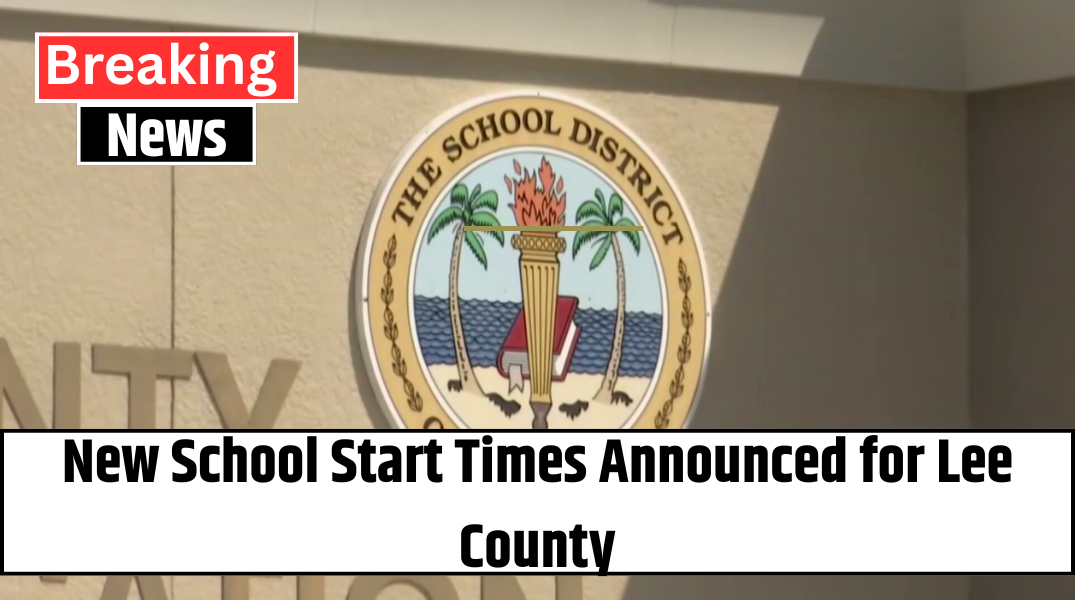In a Charlottesville, Virginia classroom at M-Cubed Academy, a seventh-grade student scribbles a math problem on a whiteboard. It’s a familiar scene: numbers, symbols, and the structured steps known as algorithms—the kind most students are taught to follow when adding, subtracting, or solving equations.
But behind this everyday academic moment lies a long-running and still-heated debate in the world of math education: Should schools emphasize algorithms as the backbone of math learning, or do they risk overshadowing the deeper concepts that truly define mathematical understanding?
This conversation isn’t new—it’s been simmering for decades, commonly referred to as the “math wars.” At the center of the conflict: how to balance procedural fluency (knowing the steps) with conceptual understanding (knowing why those steps work).
The Two Sides of the Equation
Algorithms—like regrouping in addition or long division—offer students a set of reliable steps to reach correct answers. They can be powerful tools for accuracy, consistency, and efficiency. For generations, they’ve been a core part of math instruction in schools across the globe.
Also Read – 3 Powerful Methods to Strengthen Student Confidence in Mathematics
But some educators and researchers worry that when students focus too much on how to do the math, they don’t learn why it works.
“Memorizing procedures without understanding is like learning to recite a poem in a language you don’t speak,” said Dr. Lina Patel, a mathematics education expert. “It may sound right, but the meaning is missing.”
This concern is echoed in classrooms nationwide, where educators report that students often become confused when faced with unfamiliar problems—especially those that require flexible thinking or real-world application.
A New Book Reignites the Conversation
Recently, a new book on math instruction has brought fresh attention to the algorithm debate. Though not yet widely available, the book’s early release has already sparked reactions among educators and policymakers. Its core argument: students should first build a strong conceptual foundation before learning standardized procedures.
Proponents of this approach argue that teaching concepts early encourages problem-solving skills, number sense, and long-term retention. Opponents caution that delaying algorithm instruction can leave students feeling lost, especially when standardized tests still emphasize procedural fluency.
Are Algorithms Really the Villain?
Not necessarily. Many researchers now advocate for a more blended approach—teaching algorithms alongside the underlying concepts, rather than before or instead of them.
This dual strategy helps students not only solve problems efficiently but also understand the logic behind their steps. For example, when teaching subtraction with regrouping, educators can show how base-10 blocks physically represent the borrowing process, turning an abstract idea into a concrete visual.
“We don’t need to throw out algorithms,” says Dr. Steven Lin, an instructional coach for middle school math teachers. “We just need to ensure they’re taught in a way that deepens understanding, not replaces it.”
Making Math Meaningful Again
Modern classrooms are starting to reflect this shift. Teachers are using interactive tools, real-life scenarios, and collaborative activities to explore math concepts first—then reinforcing those ideas with algorithms as tools, not just rules.
Also Read – $8.5B Public Education Funding Plan Signed by Gov. Abbott – How It Works
In Charlottesville and beyond, the goal is clear: to produce students who can not only follow steps but think critically about when and why to use them.
Fun Fact: The word “algorithm” comes from the name of a Persian mathematician, al-Khwarizmi, whose work in the 9th century helped lay the foundation for modern algebra. Ironically, his contributions emphasized both procedural techniques and the importance of logical reasoning—echoing the same balance educators now seek to restore.
Bottom Line: The debate over algorithms in math education isn’t just about numbers and steps—it’s about the kind of thinkers we want students to become. As the education system evolves, the challenge will be to ensure that students not only learn how to do math, but why it works—and how it applies to the world around them.












